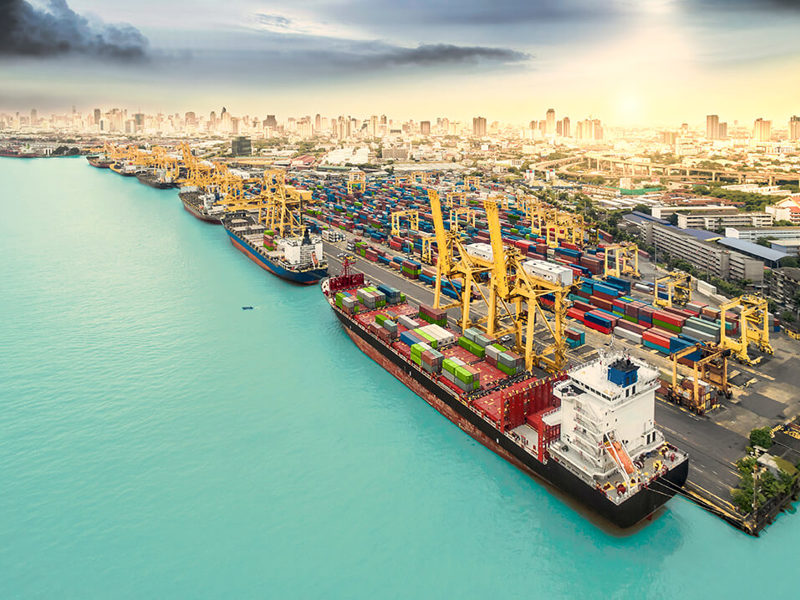Beginning last year, ocean freight carriers started witnessing an alarming shortage of containers just as the holiday shopping season began, compounded by an ongoing chassis shortage. That scarcity continues to this day. Due to a lack of available ocean freight containers, vessels that are not fully laden with cargo frequently travel from Asia to Europe and the United States. Sending a vessel that is not completely loaded with freight leads to a number of supply chain headaches, starting with simple logistics inefficiencies and extending to the very-present West Coast port congestion crunch and increased pollution.
Empty boxes are available, but these assets are simply not where there currently is the most need. Ports remain overly crowded, causing vacant containers to sit for weeks as demands, fees, and frustrations increase. Despite recent technological advances, these shortages prove port congestion remains a present-day reality and will continue to be an issue in the new year.
As The Loadstar reported in early December, “To mitigate the serious equipment imbalance, ocean carriers have adopted an aggressive strategy for European and U.S. exports, temporarily suspending bookings, preferring to fill backhaul ships with as much empty equipment as possible.”
Port authorities and terminals need to collaborate with one another and third parties, exchanging data freely in order to prevent suspended bookings and keep goods flowing. By doing so, ports will gain efficiency and insight to reduce the time ships stay within ports. This will enable them to increase the amount of ships that can call on their ports and serve end customers more efficiently. Most port terminals will communicate with supply chain platforms through logistics technology. Blume Global enables terminals to expedite cargo movement, increase efficiency and throughput volumes, and provide next-generation differentiated services for marine terminals.
For ocean carriers, informed decision making is the first step to correcting container mismanagement. Supply chain digitization also plays an important role in this market by providing transportation asset optimization and real-time visibility, which enables the creation of platforms for multi-party collaboration. Partnering with supply chain technology providers can speed up this process, creating a lasting collaboration that is beneficial for all parties involved.
Visibility also continues to be one of the biggest issues with cargo terminals. As ports take in hundreds of thousands of containers a month, supply chain organizations may have little awareness of where their containers are in the port pipeline or when they will be unloaded and released, which can lead to the type of shortages we see now. This can further impact lead times and make it difficult to schedule onward manufacturing, transportation, and distribution. Unless there is a proactive approach to increase visibility into port and container operations, carriers and forwarders can’t plan effectively.
Blume Global offers a host of transportation asset optimization solutions including intelligent container selection and domestic reload, which increases container utilization, allowing the full potential of each carrier’s assets to be maximized at all times.
Blume Global solutions put asset owners in a position for success, providing all the data and decision-making solutions needed to accomplish their transportation goals, no matter the disruption. Blume Global’s unique supply chain technology solutions can help exporters find empty containers and book ocean liner capacity when ocean carriers are suspending bookings. Blume currently manages domestic and marine containers being shipped on railroads, giving support for shippers on both the export and import side of the global trade equation. Shippers can also use Blume’s holistic TMS to expedite moving containers out of marine terminals when the terminals are moving large volumes of containers.
contact us
Contact Us

